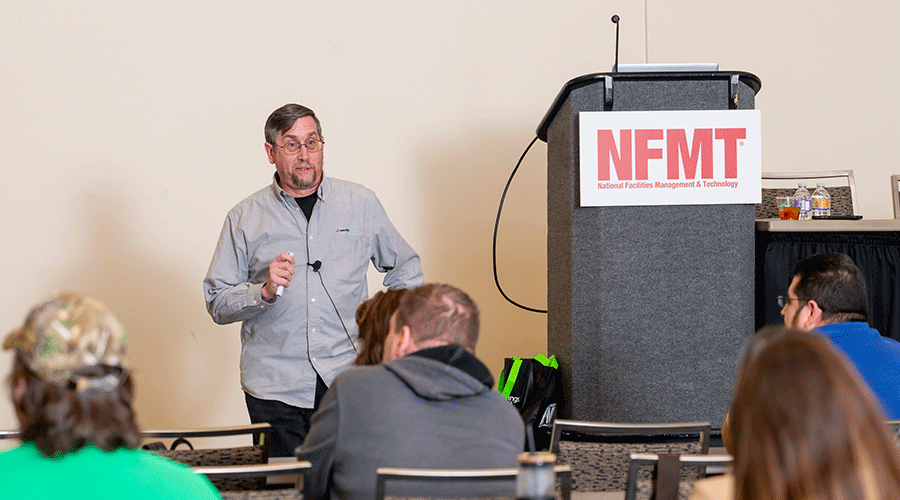Throughout his career, Sam Huber of Eurofins Lancaster Laboratories, has observed numerous safety and construction failures, many of which could have been easily prevented with better oversight, critical examination, and less complacency among contractors and managers.
His presentation from NFMT Baltimore is interspersed with real-life examples and photographs of these failures, which range from poor emergency exit setups to ineffective makeshift solutions for structural issues, underscoring the recurring theme that many of the mishaps he encounters are entirely preventable.
One significant problem is the general lack of ownership and accountability in construction and safety management. There is a tendency among professionals to point fingers rather than take initiative to solve problems, which often leads to unsafe conditions and ineffective operations. This blame game results in safety hazards that could have severe consequences, including risk of injury or significant property damage.
Some examples include improper use of equipment, inadequate safety measures, and poor material choices. For instance, Huber discusses the wrong type of water tank being used in one facility, leading to contamination and highlighting a lack of critical oversight.
Facility professionals need a critical eye and proactive stance in managing construction and safety environments. Many common problems are predictable and preventable with proper management and foresight.
Log in to start watching. Not a member? Join today.





